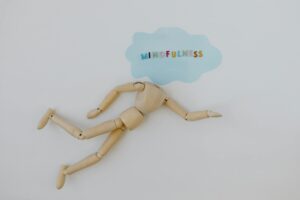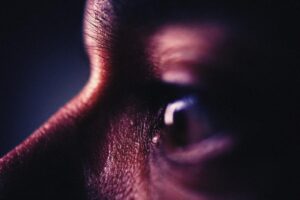In the kaleidoscopic world of music and art, the influence of psychedelics has left a lasting impact on the creative process and the final productions. This influence is particularly explicit within rock music, especially psychedelic rock, thanks to trailblazing bands such as the Grateful Dead and Pink Floyd. Not only did their music encapsulate the hallucinatory experience through experimental sounds, but their album cover art also served as an immersive visual gateway, echoing the trippy visuals often associated with these substances.
Psychedelics, specially LSD (Lysergic Acid Diethylamide) and Psilocybin (magic mushrooms), played a significant role in the artistic expression of the 1960s and multi-layered facets of music during this era. They became popular in the arts community for their ability to enhance creativity, intensify sensory experiences, and provide fresh perspectives.
The Grateful Dead, an American rock band, is a quintessential example of the symbiosis between psychedelics and music. As key players within the countercultural movement, their music, imbued with long instrumentals and radical improvisations, beautifully reflected the psychedelic experience. This tone mirrored the mindset of many within their audience—often users of the same substances. The album “Aoxomoxoa” is an iconic testament to their hallucinogenic ethos, swirling with complex and surreal images.
Similarly, Pink Floyd, an English rock band renowned for its progressive and psychedelic music, also heavily leaned on psychedelic influence. Their album “The Dark Side of the Moon” is forever etched into history with its groundbreaking exploration of human experience and emotion. Fascinatingly, Storm Thorgeson, the designer of this iconic album cover, chose not to include any psychedelic imagery, but rather represent some of the album’s sonic themes with a prism and refracted light.
The influence of psychedelics stretched beyond the sonic aspect of rock music and reached into the visual aesthetics. The music gave people a reason to gather, but the visual component, particularly album cover art, captured the philosophical essence of the movement. Album covers from this era often feature vibrant colors, non-sequiturs, and abstract patterns that reflect the mental and visual distortions experienced during a psychedelic trip.
Karl Ferris, a respected photographer and graphic designer during the ’60s, is renowned for his psychedelic aesthetic seen in several album covers for various bands. His work on the Jimi Hendrix’s album “Are You Experienced” stands out as one of the most legendary album cover arts ever created, as it beautifully illustrates the amalgam of psychedelia and music.
These psychedelic influences extend into the modern age, with various bands and artists drawing on the trippy visuals and transcendent themes of the ’60s and ’70s. Tame Impala, a modern psychedelic pop/rock band, draws heavily on this aesthetic, not just through the music but also through album art. Their album “Innerspeaker” offers a modern take on psychedelic rock, while its cover art, inspired by a mirror illusion, entices listeners to delve into the uncanny world of psychedelic music.
In conclusion, the influence of psychedelics on music and album cover art found its stride during the flowering of the psychedelic rock movement and continues to hold a significant spot within the arts. The synergy of sensory manipulation offered by these substances has truly influenced and expanded the breadth of music and visual arts, providing a more profound and immersive experience. The marriage of throbbing rhythms and vivid visuals has indeed left an indelible mark on the world of artistic expression, preserving the essence of the psychedelic experience for generations to enjoy.





